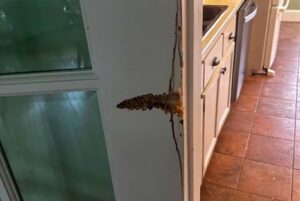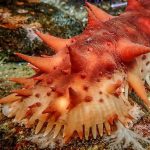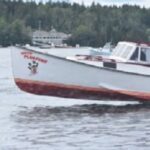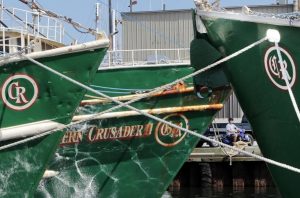Tag Archives: Elizabeth Earl

All eyes on Bristol Bay after state predicts a record season, but fishery’s economics still in flux
The summer salmon season is due to ramp up in Alaska over the next few months, and the main focus of this year’s salmon fishery statewide will be on Bristol Bay sockeye. Of the 160.6 million salmon of all species that the Alaska Department of Fish and Game forecasts will be harvested in 2022, 74 million of those are sockeye and about three-quarters of those would come from Bristol Bay. Another 67.2 million are pink salmon, with the rest made up of smaller numbers of the other three species. If the forecast proves accurate, this will be the biggest year ever for the Bristol Bay fishery. > click to read < 14:15

Fish Board mostly leaves Sitka herring alone following truce between users
After days of deliberation and a contentious set of proposals targeting the Southeast Alaska herring fisheries, the Alaska Board of Fisheries ultimately declined to make any major changes. To make attending the multi-week meeting easier for stakeholders, the board split the proposals into topics scheduled in three sessions, with herring first. There were 14 proposals dealing with herring from a variety of stakeholders, but the most contentious was were from the Sitka Tribe of Alaska and the Southeast Herring Conservation Alliance. The tribe’s proposals asked for a variety of changes to Sitka Sound herring management. The tribe’s main focus was to try to preserve more of the herring stock for subsistence use, but the commercial stakeholders say it would have come at the cost of the industry. >click to read< 15:15
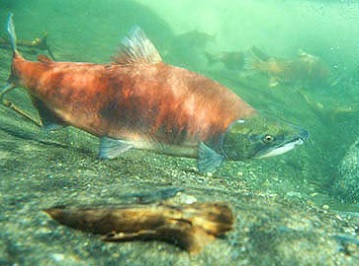
Boom-bust commercial salmon season doubles 2020 value
This summer was significantly better for commercial salmon fishermen in Alaska than 2020, though that success was far from evenly spread. Commercial salmon fishermen hauled in salmon valued at $643.9 million this season, according to the Alaska Department of Fish and Game. That’s more than double the 2020 value of $295.2 million, but still a little behind the estimated 2019 value of $657.6 million. Overall, 2021 ranks fairly well in the historical averages for numbers of salmon harvested and poundage as well as in value, according to Fish and Game data. >click to read< 16:37
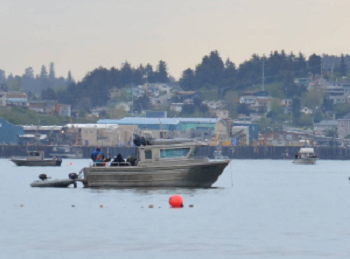
Bizarre salmon season winds down short of state projections
On top all the other effects of the coronavirus pandemic, it’s been a strange year for Alaska’s commercial salmon fisheries. As the fisheries are winding down, the total landings are about 17 percent behind the projections statewide. The Copper River sockeye run was a flop, as was the chum run statewide, and the silver salmon harvest was down everywhere except Kodiak and Bristol Bay. Prices were down, too, and processors had the extra expense and responsibility of keeping workers healthy in remote communities at close quarters. >click to read< 22:14

Rockfish closure another blow to Southeast fleet
Southeast Alaska fishermen won’t get to target yelloweye rockfish in 2020, and that’s another notch in tightening belt for the area fleet. The Alaska Department of Fish and Game announced the full-year closure on Dec. 31, spanning both the commercial and recreational sectors. Targeted fishing for all nonpelagic rockfish, which includes species like yelloweye, quillback, tiger and china rockfish, will be closed across the region due to declining populations of the fish. >click to read< 11:00

2020 Forecast: Bristol Bay still looks bright, but fishermen face cuts in cod, crab and halibut
Judging by the forecasts, 2020 could be an eventful year in Alaska’s commercial fisheries. Even though not all the forecasts and catch limits are rosy, there are some bright spots, such as an increased eastern Bering Sea snow crab total allowable catch and another promising forecast for Bristol Bay sockeye salmon. However, fishermen this winter are looking at tighter limits in some groundfish fisheries, particularly in the Gulf of Alaska. >click to read< 11:50
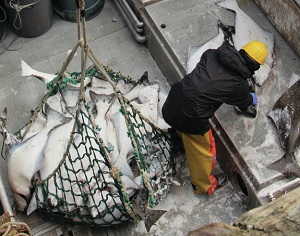
Uneven status of Pacific halibut revealed by annual data
Following the trend of the past several years, overall Pacific halibut biomass seems to be down again. The most recent stock assessment presented to the International Pacific Halibut Commission for its interim meeting on Nov. 25-26 shows a coastwide decline in spawning biomass, though that decline isn’t even across all areas. That’s a continuation of a trend seen in stock assessments since 2015. Particularly, surveys have indicated lower numbers of halibut in the central Gulf of Alaska. >click to read< 08:40

Efforts underway to streamline fisheries disaster relief
With an increasing number of fisheries disaster requests coming from all over the United States, members of Congress and the federal government are looking for ways to improve the relief process.,, Summer 2018 brought disappointing results for many fishermen across Alaska,,, The slow process isn’t unique to Alaska. ways to improve the relief process, introduced Senate Bill 2346 by Sen. Roger Wicker, R-Miss., in July, seeks to speed up that process, in part by expediting relief funds being disbursed to fishermen. It also seeks to add avenues for relief for non-commercial fishermen, including charter operators. >click to read< 15:00
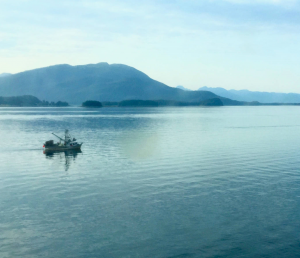
Sockeye harvests wind down; pinks and chums slow going
As Alaska’s salmon fisheries transition away from sockeye and kings to pinks and chums, the harvest results so far look mixed. May, June and July are the main harvest months for sockeye salmon across Alaska, beginning in Prince William Sound and reaching a crescendo in Bristol Bay throughout July. The Alaska Department of Fish and Game forecasted a total sockeye harvest of 41.7 million sockeye salmon for the 2019 season. Some sockeye are still being harvested, but as of Aug. 11, the count stood at 53.7 million sockeye, more than 43.1 million of which came from Bristol Bay. Bristol Bay’s harvest blows away even the large harvest from 2018 of 41.7 million,,, >click to read< 10:07
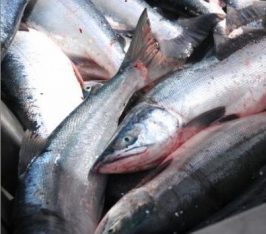
Kenai River sockeye push liberalizes bag limits; commercial catches rise
After a slow start to their season, things are looking up for Upper Cook Inlet’s commercial fishermen. Total salmon landings reached 1.4 million after the July 29 fishing period, with more than 1.1 million sockeye so far. The majority of those landings have come from the Central District drift gillnet fleet and east side setnets, with setnetters on the west side, Kalgin Island and in the Northern district bringing in about 150,000 salmon between them, according to the Alaska Department of Fish and Game. Elizabeth Earl >click to read< 15:29
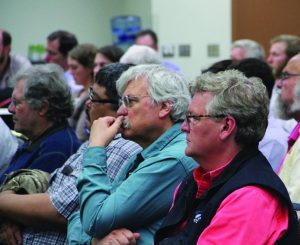
Year in Review: A dismal year for salmon and halibut in the Gulf, Bristol Bay booms, battles over hatcheries
This summer was a disappointment for salmon fishermen across the Gulf of Alaska, both in the timing and in the numbers. Salmon fishermen from Kodiak to Southeast saw poor harvests and poor profits this year due to unexpectedly small runs of sockeye, king and pink salmon. No. 2: Records smashed in Bristol Bay, Norton Sound, No. 3: Hatchery battles at the Board of Fisheries, No. 4: Halibut hardships, falling quotas and prices, >click to read<11:35


































